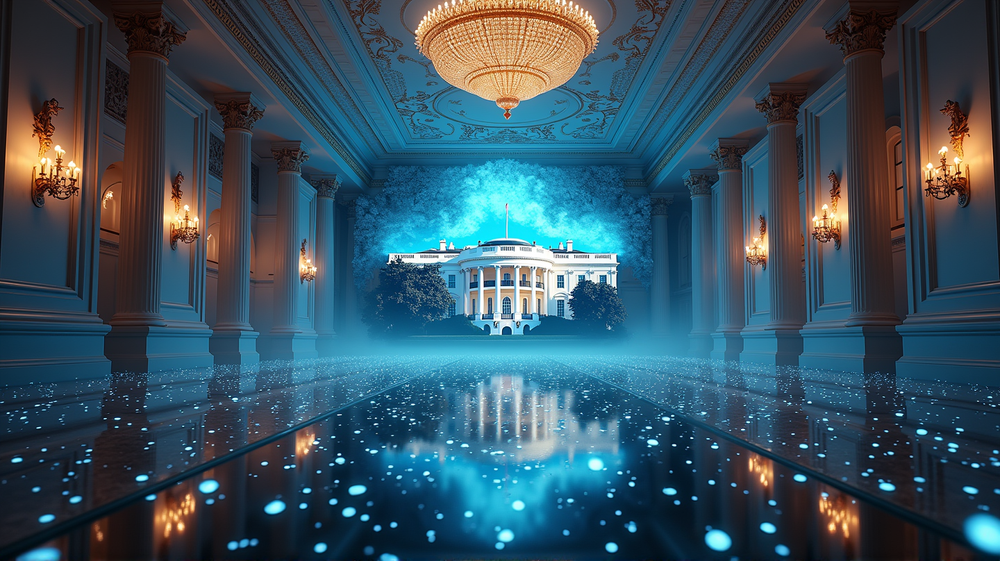In an unexpected turn of events, the new 90,000-square-foot ballroom project at the White House, championed by former U.S. President Donald Trump, has captured the attention and pockets of some of the biggest names in the tech industry. As reported by TechCrunch, this $250 million initiative will bring together presidential glamour and Silicon Valley’s might.
A Grand Hall for 1000
Envisioned as a majestic space to host up to 1,000 guests, the ballroom represents more than just architectural grandeur. Its financial blueprint, notably excluding taxpayer money, is backed by major players like Amazon, Apple, Google, Meta, and Microsoft. This move underscores a coveted alliance between political and technological icons, likely to reshape future collaborations.
The Unlikely Benefactors
The narrative deepens as it unfolds with the inclusion of defense companies like Palantir and Lockheed Martin, which often play a more subdued role in public fundraising campaigns. From telecommunications giants such as Comcast and T-Mobile to burgeoning crypto firms like Coinbase, Ripple, and Tether America, this diverse donor list raises eyebrows across political and economic spheres. However, the exact amounts each entity contributed remain under wraps, adding layers to this intriguing financial mosaic.
A Shift in Tech-Political Dynamics
The relationship between Trump and Silicon Valley hasn’t always been this cordial. While met with resistance during Trump’s initial presidential term, it appears that his influence managed to chart a new course with the tech giants, particularly in his latter years. The involvement of these companies, many of whom contributed $1 million to Trump’s inauguration festivities, signals a sea-change in interactions between the West Wing and the tech epicenter.
Implications and Future Dialogues
This fusion of political grandeur and digital might heralds potential implications for policy-making and legislative conversations on technology. Notably, it suggests a mutual understanding or shared objectives between tech firms and Washington D.C., which deserves close scrutiny and analysis.
As stated in dev.ua, the ballroom project exemplifies how political aspirations can parley into industry partnerships, challenging previous conventions and setting new precedents.
The unveiling of the ballroom will likely serve as both a literal and metaphorical platform for dialogues, paving the way to future endeavors that transcend traditional industry and government boundaries. As the public awaits more insights into this opulent addition to the White House, the political stage remains as unpredictable and dynamic as ever.













